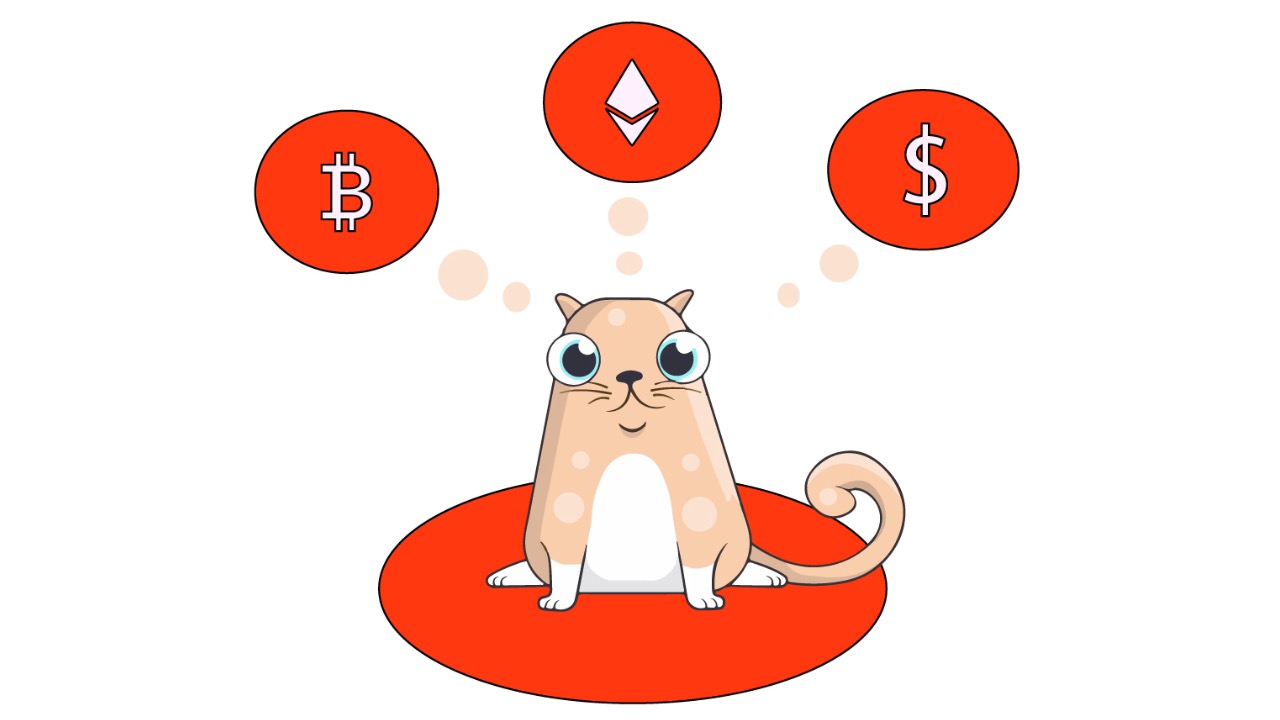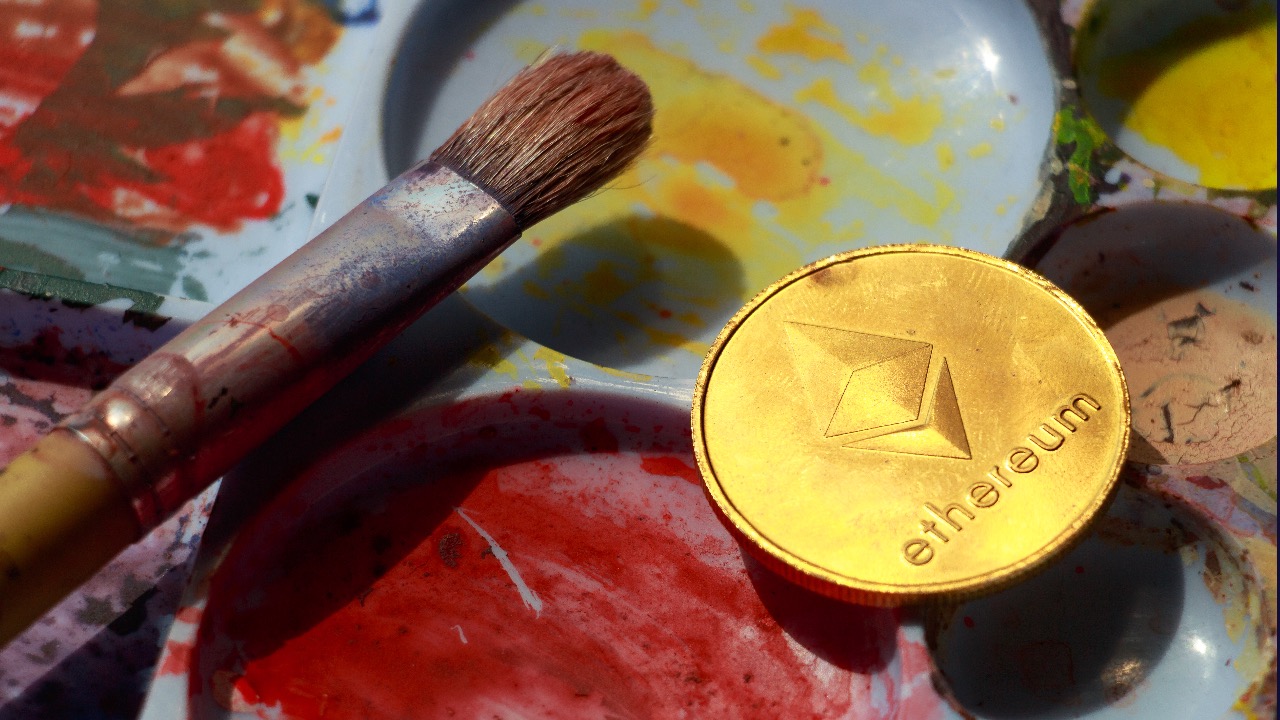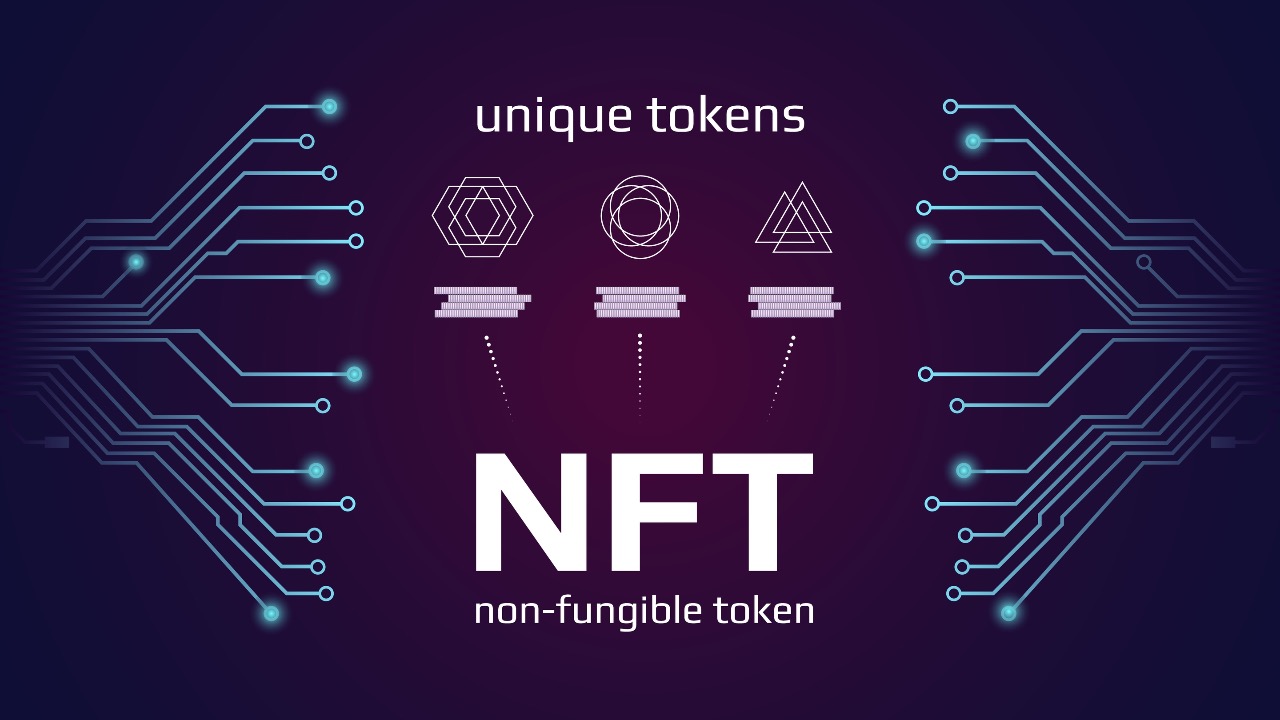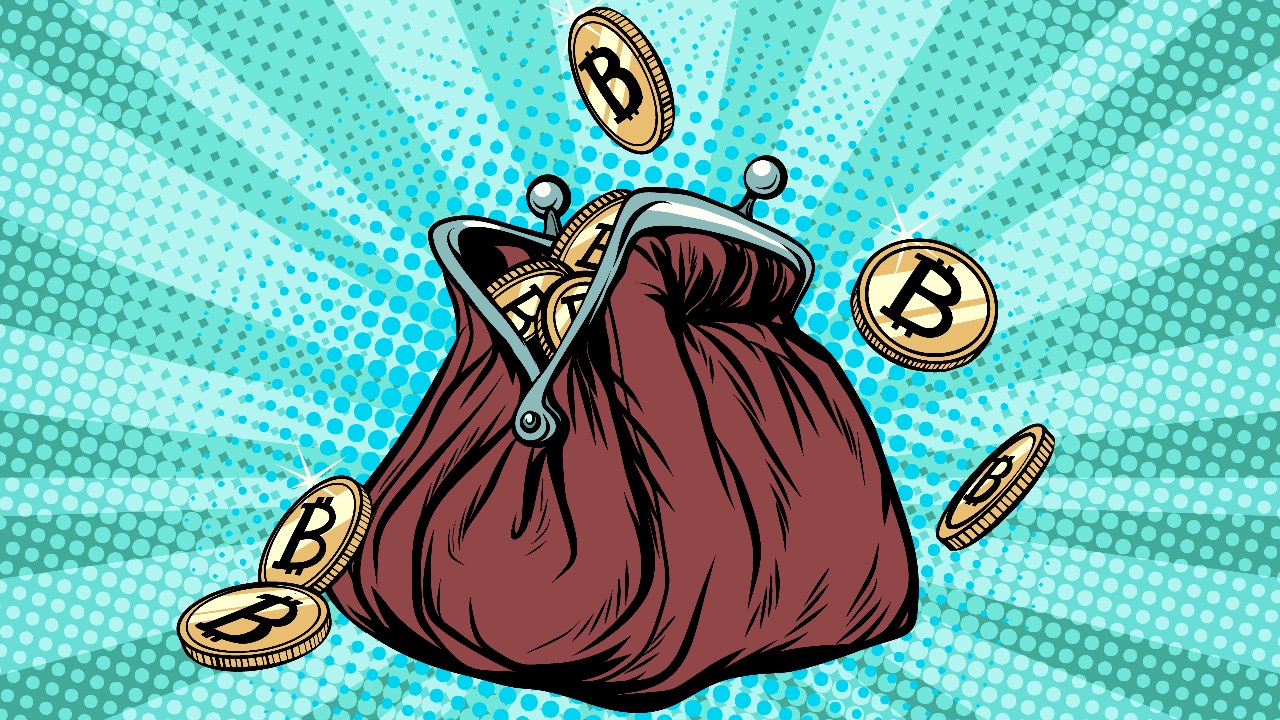Even at this point in Bitcoin’s evolution, it’s still relatively rare for cryptocurrencies to hit mainstream news headlines unless volatility reaches dramatic extremes. It’s even more extraordinary for blockchain apps to get picked up by the global media.
Cryptokitties is one of those rare exceptions. When it launched in December 2017, at the peak of crypto price mania, it was an immediate hit. In the first few days post-launch, people spent over $1 million worth of ETH on digital feline artwork. It was so popular that it became the first app to generate congestion on the Ethereum blockchain, drawing the attention of mainstream outlets, including Bloomberg and the BBC.

Cryptokitties was among the first applications to make use of the ERC721 token standard, which allows developers to create non-fungible tokens (NFTs.) The game’s popularity led to speculation that there would be a boom in NFT-based applications. However, the craze cooled off as the 2018 crypto winter set in.
Now, NFTs are most definitely making a comeback. In fact, the trends that we’re seeing are comparable to the inexorable rise in total value locked in DeFi applications.
By September, weekly volumes of NFT transactions had hit the $1 million mark. By December, that number had risen to $2 million. Furthermore, unlike in 2017, when trading volumes were driven out of a single application, transactions are now distributed across a diverse swath of apps and use cases.

The Rising Popularity of NFTs
Even at a time when Bitcoin is flying high, Ethereum 2.0 has just launched its genesis block, and DeFi continues to dominate, NFTs are also now featuring more frequently in the crypto news.
In some cases, they’re even gaining celebrity backing. Over the summer, Hollywood stalwart and blockchain investor Ashton Kutcher auctioned a piece of digital art via Cryptograph. More recently, renowned gamer and YouTube star Pewdiepie confirmed a collaboration with a blockchain-based game called Wallem, which uses NFTs for skins and other in-game assets.
Elsewhere, decidedly analogue-flavored auction house Christie’s announced it had sold a digital portrait of the Bitcoin code for the princely sum of $130,250 – over seven times the highest estimate for the work. And the Sorare platform, running a global fantasy football league, has signed up over 100 clubs, including Juventus, Paris Saint-Germain, Atletico Madrid, and FC Bayern München.

Sorare allows users to collect and trade digital cards representing their favorite players, to build their own fantasy football teams. Sorare has grown to become one of the most popular NFT games, having accrued over $5 million in traded volume since launching, according to the aggregator website NonFungible.
A Match Made in Heaven?
Although the global gaming market is huge and offers vast potential for NFTs, there could be another killer use case for NFTs on the horizon: DeFi. 2020 has undeniably belonged to decentralized finance, with the market having grown by over twenty times since last January, according to DeFi Pulse.
Despite the growth in popularity of NFTs, they remain relatively illiquid compared to the rest of the cryptocurrency markets, limiting their value. Now, a growing number of projects are starting to see the potential in merging the DeFi and NFT segments to power up the value in both.
Although this is still a very nascent field, a core feature that’s emerging is allowing NFT holders to stake their tokens in DeFi applications. So someone owning a rare Cryptokitty, or a piece of land in Decentraland, could use their NFT as collateral to obtain a loan in the same way they’d put down ETH.
This is the premise behind NFTfi, which bills itself as a “simple marketplace for NFT collateralized loans.” The borrower agrees to stake their NFT into a smart contract, which will unlock to the lender if the borrower fails to make their repayment.
Aavegotchi takes this a step further. Aavegotchis are ERC721 tokens represented as pixelated collectible artworks. Each has specific attributes that determine its overall value and rarity within the Aavegotchi universe. Each Aavegotchi ERC721 token manages an escrow contract address that holds an Aave-backed aToken, generating a yield on Aave lending pools.
It effectively means those holding Aavegotchis can use them for liquidity farming.

Connecting DeFi to Other Assets
If this seems gimmicky, then remember that the entire NFT concept kicked off with digital cat artwork, but now globally recognized legacy brands such as Christie’s are getting involved. Taking the idea further, the fusion of DeFi and NFTs offers the intriguing potential to connect DeFi to other assets, including those in the real world.
Currently, the only way to get involved in DeFi is to stake cryptocurrencies. Now, imagine that whoever bought the Christie’s artwork could stake that piece, worth $130,000, to obtain a loan. Furthermore, imagine if a real-world piece of art, or a car, or real estate, was represented as an NFT on the blockchain and could be staked as collateral.

While these developments may be some way off, there are other reasons to believe that the NFT trend will gain further traction in 2021. When Cryptokitties first launched, there was little infrastructure in place to support an NFT economy. Stablecoins were in their infancy, meaning users had to transact in volatile cryptocurrencies like ETH. Crypto derivatives hadn’t yet taken off, and the concept of DeFi was unheard of.
Today, all of these developments provide a solid basis on which an NFT economy can flourish.
Although it’s hard to make any concrete predictions, it doesn’t seem outlandish to suggest that at this point, NFTs have the potential to become the next biggest trend in crypto as we head into the new year.
Combined with DeFi, it seems highly likely that they could see even further meteoric growth.
Written by Reuben Jackson.
Reuben Jackson is a blockchain security specialist and freelance writer living in New York. He writes about all things cryptocurrency and technology related. You can learn more about Reuben’s work and contact him here: https://about.me/reuben.jackson
This is an OP-ed. The opinions expressed in this article are the author’s own. Bitcoin.com is not responsible for or liable for any content, accuracy or quality within the Op-ed article. Readers should do their own due diligence before taking any actions related to the content. Bitcoin.com is not responsible, directly or indirectly, for any damage or loss caused or alleged to be caused by or in connection with the use of or reliance on any information in this Op-ed article.
Powered by WPeMatico
